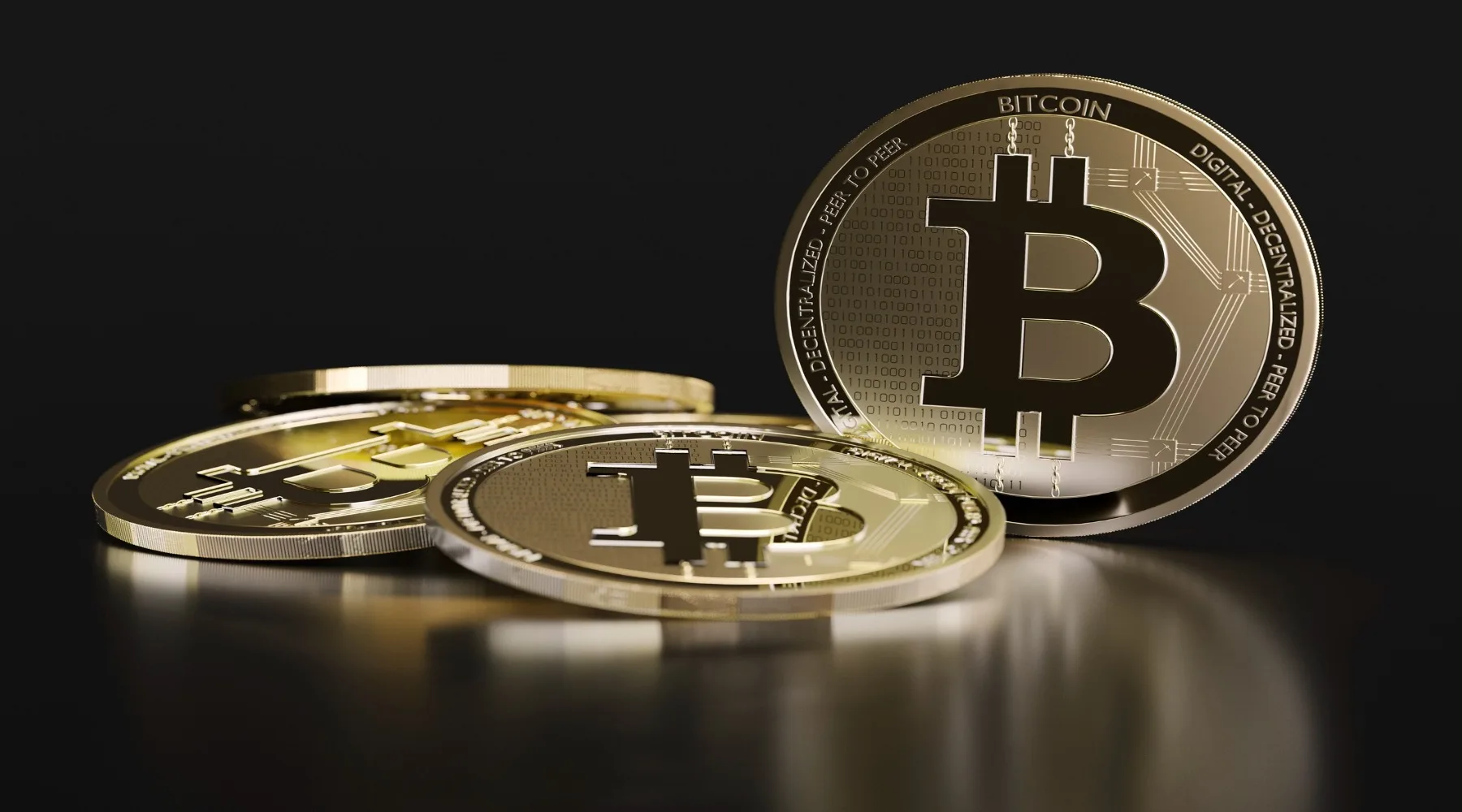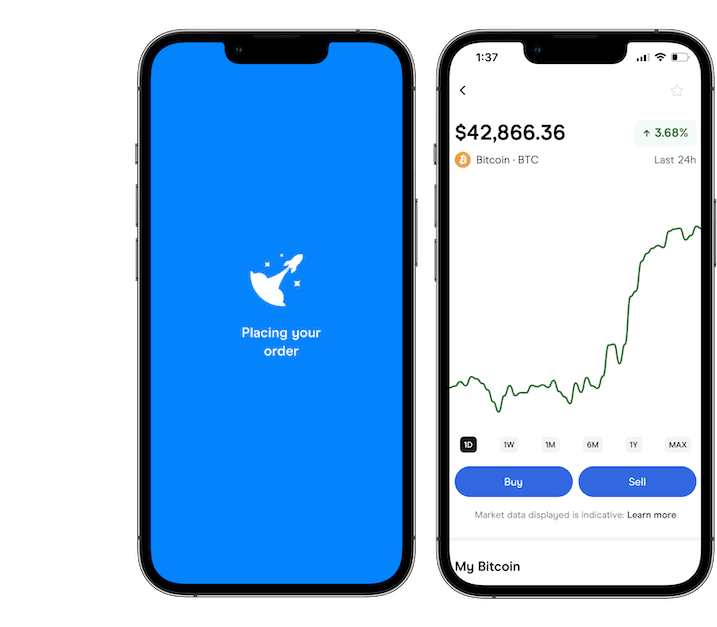WTF is the Bitcoin halving?

It's less than 3 weeks til the next Bitcoin halving - but what actually is it and why should you care?
It's THE key date on the Bitcoin (BTC) calendar and the closest we have to a crypto Christmas, but you could be forgiven for not knowing anything about the Bitcoin halving.
If you're struggling to get your head around it, here's 5 key takeaways to help bring you up to speed before it arrives.
1. What is the Bitcoin halving?
The halving is when the rewards given to Bitcoin miners are cut in half. This is programmed into Bitcoin's code and is designed to slow inflation by reducing the supply of new Bitcoin coming onto the market over time.
2. How does it work?
This requires a quick crash course in how Bitcoin operates.
The Bitcoin network is maintained by validators known as "miners" that process and verify transactions and ensure the network is secure.
They do this by solving complex computer equations that are used to mine a "block" - a group of Bitcoin transactions that are then telegraphed to the Bitcoin network.
The miner that successfully mines each block is rewarded with a certain amount of Bitcoin (currently 6.25 Bitcoin) - incentive for keeping the Bitcoin network maintained and accurate.
The halving happens when the amount of Bitcoin given to successful miners is halved. The upcoming halving will see Bitcoin rewards drop from 6.25 per block to 3.125 per block.
3. How often does it happen?
The halving takes place every 210,000 blocks, or roughly every 4 years.
The last halving took place in May 2020 and the next one is due to happen sometime around 21 April, but this is just an estimate.
The closer we get to the relevant block, the more accurately we'll be able to predict the exact time and date of the halving.
4. How does it impact the price of Bitcoin?
Historically the Bitcoin halving has been something of a catalyst for Bitcoin and the wider crypto markets.
The 12-18 month period following each previous halving has seen extreme price appreciation in Bitcoin and many other cryptocurrencies.
Take the first Bitcoin halving for example, which happened in November 2012.
The price of Bitcoin at the time of the halving was around US$12 and then soared to over US$1,000 12 months later.
The second halving in July 2016 saw the price of Bitcoin go from US$663 to briefly hitting US$20,000 less than 18 months later.
The third and most recent halving in May 2020 saw Bitcoin grow from US$8,771 on the day of the halving to almost US$65,000 less than a year later.
Of course, past performance is no indication of future performance and it remains to be seen how the upcoming halving will impact the price of Bitcoin.
5. How do I get involved?
There are a number of ways to get exposure to Bitcoin ahead of the halving:
- Buy Bitcoin directly through an exchange
- Buy a Bitcoin exchange-traded fund
- Invest in Bitcoin-adjacent stocks
See how to buy Bitcoin in Australia.
Join the crypto conversation – Follow us on X now
Trying to get a handle on the markets? Cut through the noise with our overview of the best cryptos to buy right now, explore some strategies for how to trade crypto or see if there's a better platform for you with our guide to the best crypto exchanges.
Disclaimer: Cryptocurrencies are speculative, complex and involve significant risks – they are highly volatile and sensitive to secondary activity. Performance is unpredictable and past performance is no guarantee of future performance. Consider your own circumstances, and obtain your own advice, before relying on this information. You should also verify the nature of any product or service (including its legal status and relevant regulatory requirements) and consult the relevant Regulators' websites before making any decision. Finder, or the author, may have holdings in the cryptocurrencies discussed.












 Trusted by over 500,000 Aussies
Trusted by over 500,000 Aussies



